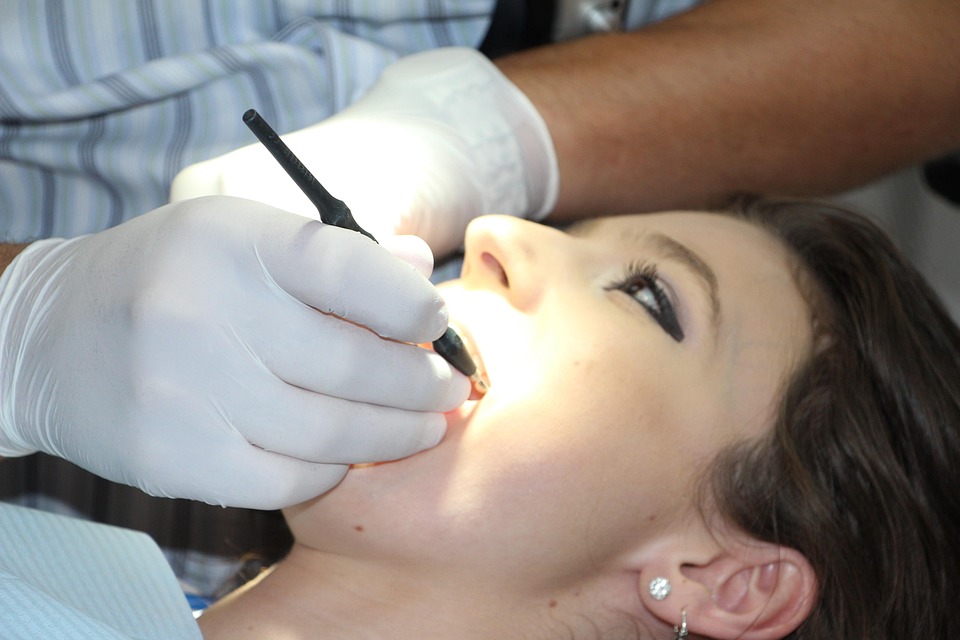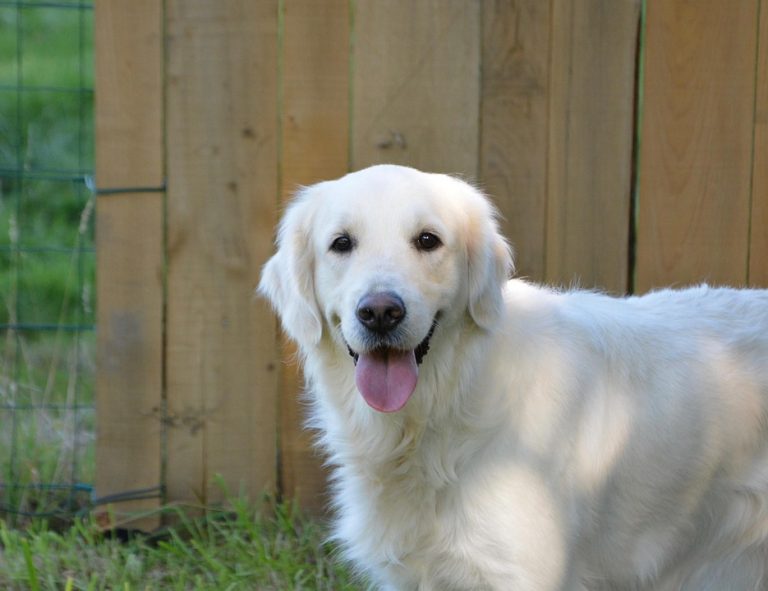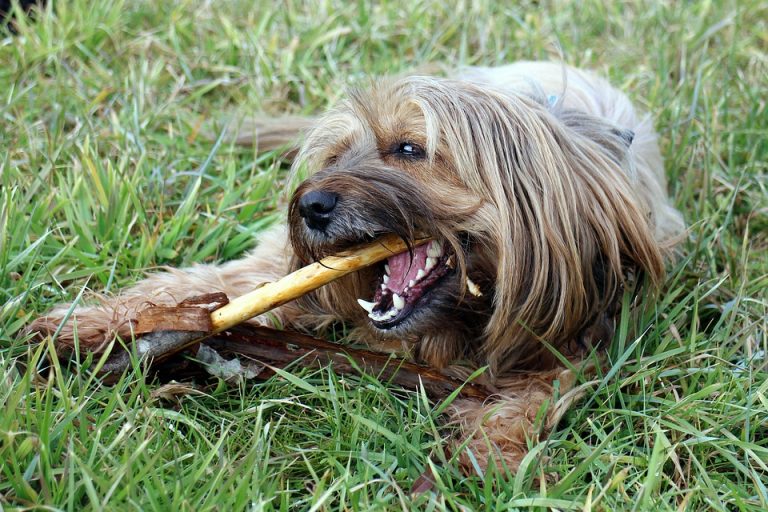Contents
- How To Brush Dog Teeth: Gentle, Simple Steps That Work
- Why Brushing Matters (And Why You Can Do This)
- Quick Overview: The Five Steps
- Tools, Tricks, And Backup Options
- Troubleshooting: What To Do When It Gets Hard
- Putting Brushing Into Real Life
- Evidence And Expertise You Can Trust
- Common Myths — Debunked
- Final Checklist Before You Start
- Bottom Line
How To Brush Dog Teeth: Gentle, Simple Steps That Work
How to brush dog teeth is the single best habit you can give your dog to protect their smile, their breath, and their life. It means preventing painful gum disease, cutting the risk of bacteria entering the bloodstream, and saving you vet bills down the line. I’ll teach you five easy, confident steps — no fuss, lots of love — so you and your dog both win.
Why Brushing Matters (And Why You Can Do This)
Brushing your dog’s teeth is not a luxury. It’s basic health care. Dental disease affects most dogs by age three, and bacteria from the mouth can travel to the heart, kidneys, and liver. Veterinarians and pet dentists agree that daily brushing is the gold standard, and studies from veterinary schools show it dramatically slows tartar and gum disease.
If you’ve worried your dog will hate it, listen: dogs adapt. With the right approach, brushing becomes a calm ritual that reassures your dog and strengthens your bond. Below you’ll find the clear, practical path to success.
Quick Overview: The Five Steps
- Get the right gear.
- Introduce taste and touch.
- Brush methodically.
- Reward and repeat.
- Maintain with vet care.
Each step is short, steady, and repeatable. Follow them daily and you’ll see real change — fresher breath, cleaner teeth, fewer vet visits.
Step 1: Gather Tools That Work
Start with tools your dog will accept. Use a soft-bristled dog toothbrush or a finger brush, and a pet-safe toothpaste — never human toothpaste. Dogs prefer poultry- or beef-flavored pastes, which make the routine more welcoming.
If your dog is small or skittish, a finger brush gives you more control. For larger mouths, an angled brush reaches the back teeth without contorting your wrist. Keep everything within reach so the process is smooth and calm.
Step 2: Teach Them To Love The Taste
Before you touch a tooth, introduce the toothpaste. Let your dog lick a dab from your finger. Say their name, stay warm, and make it a treat. This is key to building positive association.
Next, massage the outside of their cheeks and gums with your finger for a few seconds. This two-part introduction — flavor and touch — turns brushing from a threat into a treat. Calm confidence is contagious; your dog will mirror your mood.
Step 3: The Brushing Technique That Delivers Results
Position your dog where they feel secure — on your lap, on the floor, or beside you. Tilt their head slightly and lift the lip to expose the teeth. Use gentle circular motions on the outer surfaces where most plaque builds. You don’t need to force the inner surfaces unless your dog allows it.
Start with short sessions: 30 seconds one side, 30 seconds the other. Increase by 10–15 seconds each week until you comfortably reach two minutes total. Always finish on a positive note. Consistency beats perfection.
Step 4: Rewards That Reinforce Behavior
After brushing, reward your dog with praise and a small treat or play. Positive reinforcement cements the habit. If your dog resists, break sessions into two or three short routines a day rather than one long one.
If you’re training a puppy, use this routine as part of socialization. Puppies learn fast. Reward-based training reduces anxiety and makes future dental care easier.
Step 5: Keep Up With Vet And Home Maintenance
Home brushing is powerful, but it doesn’t replace professional care. Schedule yearly dental checkups so your veterinarian can assess gum health and clean below the gumline when needed. Talk to your vet about oral rinses, dental chews, and diet adjustments that support dental health.
If your dog has significant tartar buildup or bad breath that persists, ask your veterinarian about a professional cleaning under anesthesia. Early intervention avoids pain and systemic complications.
Tools, Tricks, And Backup Options
If brushing is truly impossible, don’t give up. There are adjuncts that help:
- Dental chews with evidence-backed enzymatic action reduce plaque when used daily.
- Water additives and oral rinses can lower bacteria levels between brushes.
- Dental diets formulated to scrub teeth as the dog chews are clinically tested in many cases.
Look for products with veterinary approval or clinical trial data. The American Veterinary Medical Association provides guidance and product recommendations that can help you choose wisely.
Troubleshooting: What To Do When It Gets Hard
If your dog snaps or tenses, pause. You won’t win by forcing the issue. Take a step back to flavor-only sessions and gentle lip lifts for several days. If pain seems present — flinching, excessive drooling, or blood — schedule a vet visit. Painful mouths need treatment, not pressure.
For fearful dogs, consider working with a professional trainer experienced in veterinary handling. They’ll help you desensitize your dog safely, using gradual exposure and rewards.
Putting Brushing Into Real Life
Make brushing part of a ritual. Many pet owners tie it to another daily routine like morning cuddles or evening wind-down. Keep your supplies in a basket, and set a reminder until it’s second nature.
If you travel, pack a travel brush and toothpaste so gaps are short. Consistency is the foundation of success; missed days are okay, but aim to resume quickly.
Evidence And Expertise You Can Trust
Veterinary research shows regular brushing reduces plaque and gingivitis formation, and professional veterinary organizations endorse home dental care as essential. Veterinary dental specialists recommend brushing the outer surfaces daily because dogs’ tongues don’t remove plaque like human tongues do.
If you want to read more, the Cornell University College of Veterinary Medicine and the American Veterinary Dental College offer practical, research-backed guidance on pet oral health. Those resources will strengthen your plan and give you confidence.
Common Myths — Debunked
- Myth: Dogs don’t need dental care because they eat kibble. Reality: Dry food helps only minimally; it won’t substitute for brushing.
- Myth: Bad breath is natural. Reality: Persistent halitosis signals bacteria and disease.
- Myth: Human toothpaste is fine. Reality: Human toothpaste can be toxic to dogs and foams make swallowing uncomfortable.
Trust practical, veterinarian-backed advice. Use products made for pets and maintain a daily habit.
Final Checklist Before You Start
- Soft toothbrush or finger brush ready.
- Pet-safe toothpaste with a flavor your dog likes.
- A calm space and a positive attitude.
- A plan for slow progression: taste, touch, brush.
- Vet contact for questions or signs of pain.
Execute this checklist, and you’re already ahead of most pet owners.
Bottom Line
Brushing your dog’s teeth is simple, humane, and powerful. Start slow, use the right tools, and make it a reward-based ritual. With five easy steps — gear up, introduce taste and touch, brush correctly, reward generously, and maintain with vet care — you’ll protect your dog’s health and deepen your bond. You can do this. Your dog will thank you with a cleaner mouth, brighter eyes, and more years together.
Be patient. Be consistent. And remember: small daily actions create big health payoffs.
References
The American Veterinary Medical Association provides guidance on pet dental care and at-home routines (http://www.avma.org/resources-tools/pet-owners/petcare/dental-care-pets).
Cornell University College of Veterinary Medicine offers detailed advice about prevention and veterinary dental services for dogs (http://www.vet.cornell.edu/hospitals/companion-animal-hospital/services/dentistry).
The American Veterinary Dental College publishes resources about clinical dental standards and owner guidance (http://www.avdc.org/public).








